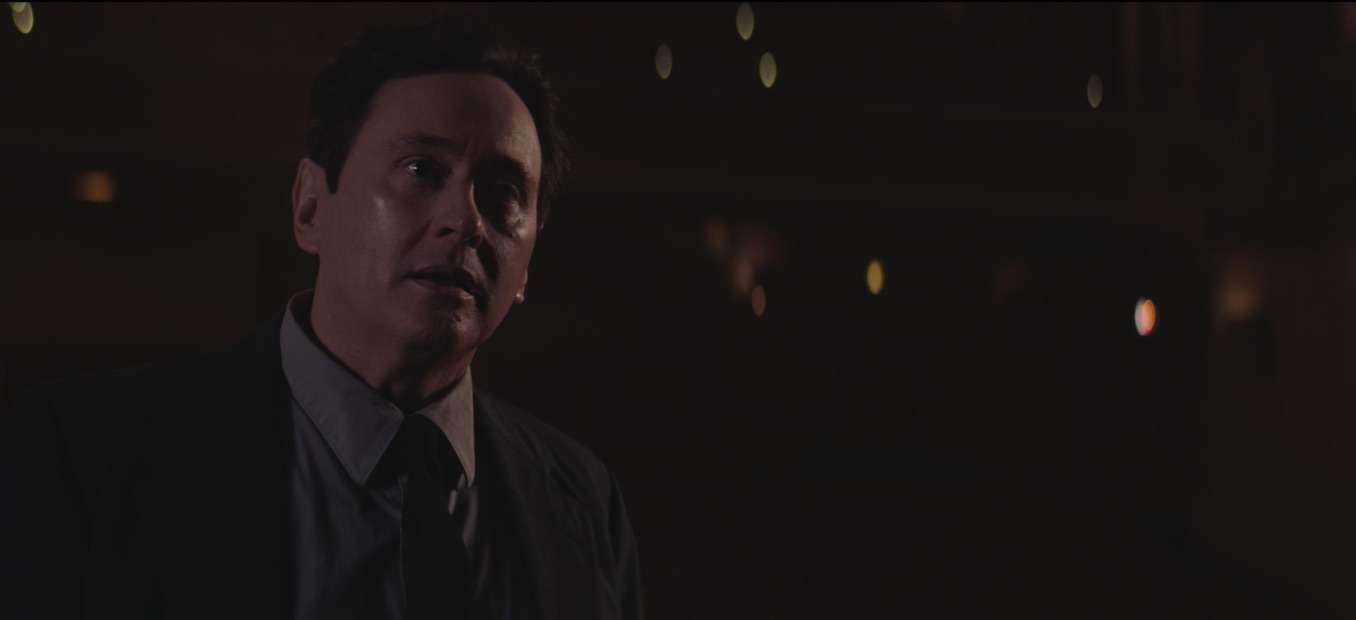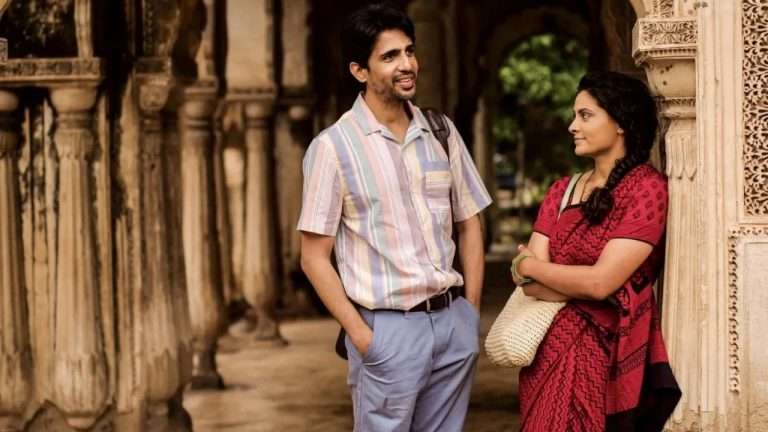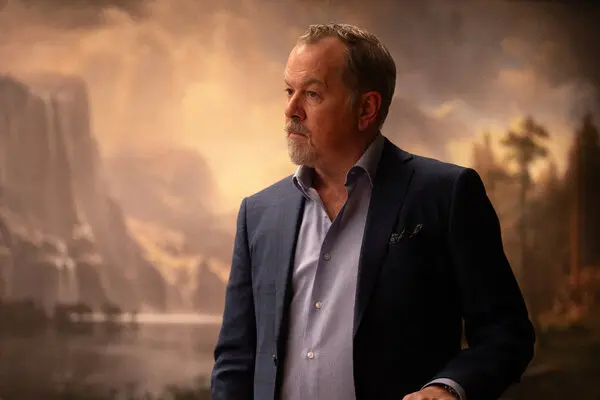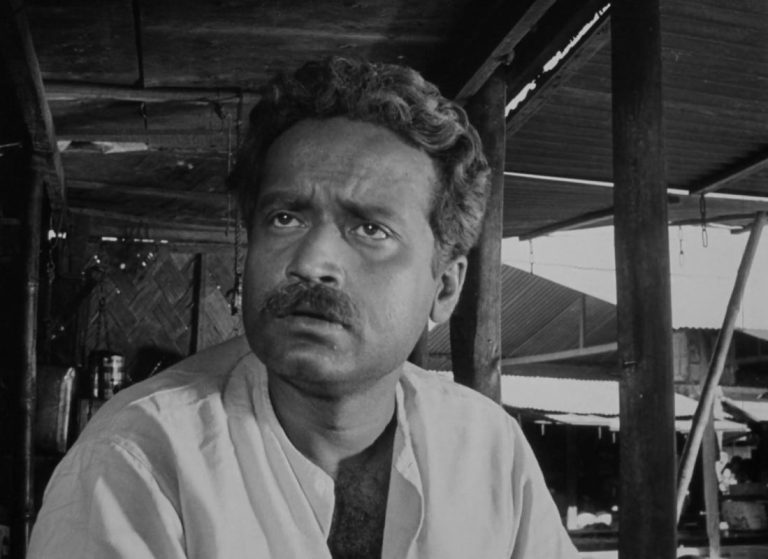Are authors heroes or simply an inevitable product of their times and society? And who is entitled to talk about heroes? The small-budgeted indie “The Problem of the Hero” (2025) puts these questions on the table (with sincerity, but not always in a profoundly emotional manner). The Shaun Dozier-directed film dramatizes the actual March 1941 encounters between two literary men: Pulitzer Prize-winning playwright Paul Green (David zum Brunnen) and Richard Wright (J. Mardrice Henderson). Wright’s play Native Son, a collaboration of both writers, is based on his own successful novel. Its theatrical life (abstractly but vividly captured in the film) is left to the hands of none other than Orson Welles and John Houseman, co-founders of the famous Mercury Theatre.
While cleverly stating Welles’s operatic monstrosity early on, “The Problem of the Hero” mainly adapts an unpublished, eponymous chronicle of a friendship and partnership between a white and a Black writer (Green and Wright) that seems to have evolved in entirely different directions. And it will only use the play’s snippets to illustrate its point in a novel adapted to screen multiple times (with its most recent film adaptation being the 2019 film “Native Son” by Rashid Johnson).
Except for the opening (a 1960 vigil in which Paul Green gets informed of Richard Wright’s death in Paris), the big chunk of the film takes place inside the theatrical stage, and it is the main confrontational element. The script rushes this in; background info on the characters and their past relationship are mostly relegated to the film’s third act. Their repartees are honest and to the point. Is an America of liberal values and heroism inclusive enough to accommodate its Black community, or does the main character of the play need to be an inevitably Black murderer of a white girl, with no salvation to follow? Coming from the viewpoint of a liberal ally (Green) and a communist-affiliated writer (Wright), these exchanges hit their mark, but building up their relationship makes them more of a producer vs. director exchange rather than a picture of two equally gifted writers.
This is not to say that the central, first confrontation is not impressive; this is a film mainly of the inside, whose cinematography (by Steven Milligan) adapts to the two leads’ changing moods and the trying to get hold of the power. “The Problem of the Hero” operates mainly on the problem of representation; this is finally addressed in the film’s last confrontation scene, which honestly recalls our culture and identity wars (who has the right to tell the story of an oppressed minority -and the issue of first vs. third person approach).
Dozier won’t make the film an exclusively two-person repartee; he introduces side scenes in which his characters can relate to their past. The one involving Green is the most effective since it doesn’t even try to go to flashbacks to depict the danger of physical violence Green feared would fall upon Richard Wright; just the narration (told to the play’s leading actor) is enough. The dramatization (in the play’s beginning and final scenes) of the “Native Son” is sometimes even more forceful than the arguments already put forward about empathy vs. personal knowledge from the inside. We can feel the characters in their stressful situations jointly imagined by their authors.
David zum Brunnen and J. Mardrice Henderson capably capture the two contrasting personalities and embody the film’s motto that ‘not every friendship can survive the artistic process’. Even though the film is concerned more with an appropriate social response toward human rights, the theatrical vehicle is used more as an opportunity here. Far from a flawless film (some of the scenes border on the repetitive), “The Problem of Hero” is never an uninteresting film and tunes in to offer a spectrum of options on marginalized identities and their literary/cinematic treatment. Its small scale works mainly in its favor, and its penchant for details (instead of gross generalizations on human rights) pays off.




![The Bold, the Corrupt, and the Beautiful [2018]: ‘NYAFF’ Review](https://79468c92.delivery.rocketcdn.me/wp-content/uploads/2018/06/The_Bold_the-Corrupt_and_the-Beautiful_NYAFF_HOF_3-768x432.jpg)



![A Beloved Wife [2020] ‘NYAFF’ Review – A bawdy Comedic Trip](https://79468c92.delivery.rocketcdn.me/wp-content/uploads/2020/09/A-Beloved-Wife-highonfilms-768x512.jpeg)
Thank you for taking the time to review THE PROBLEM OF THE HERO!